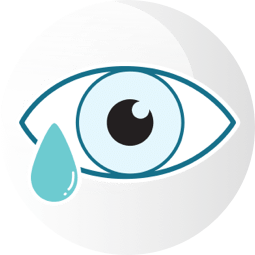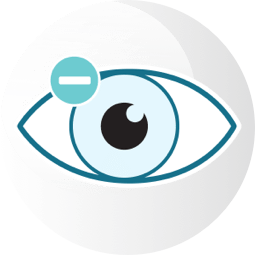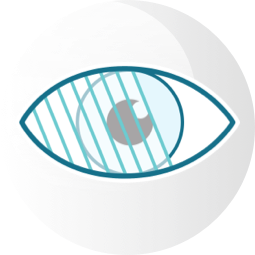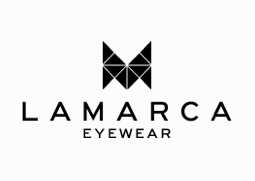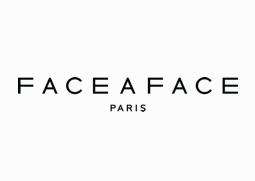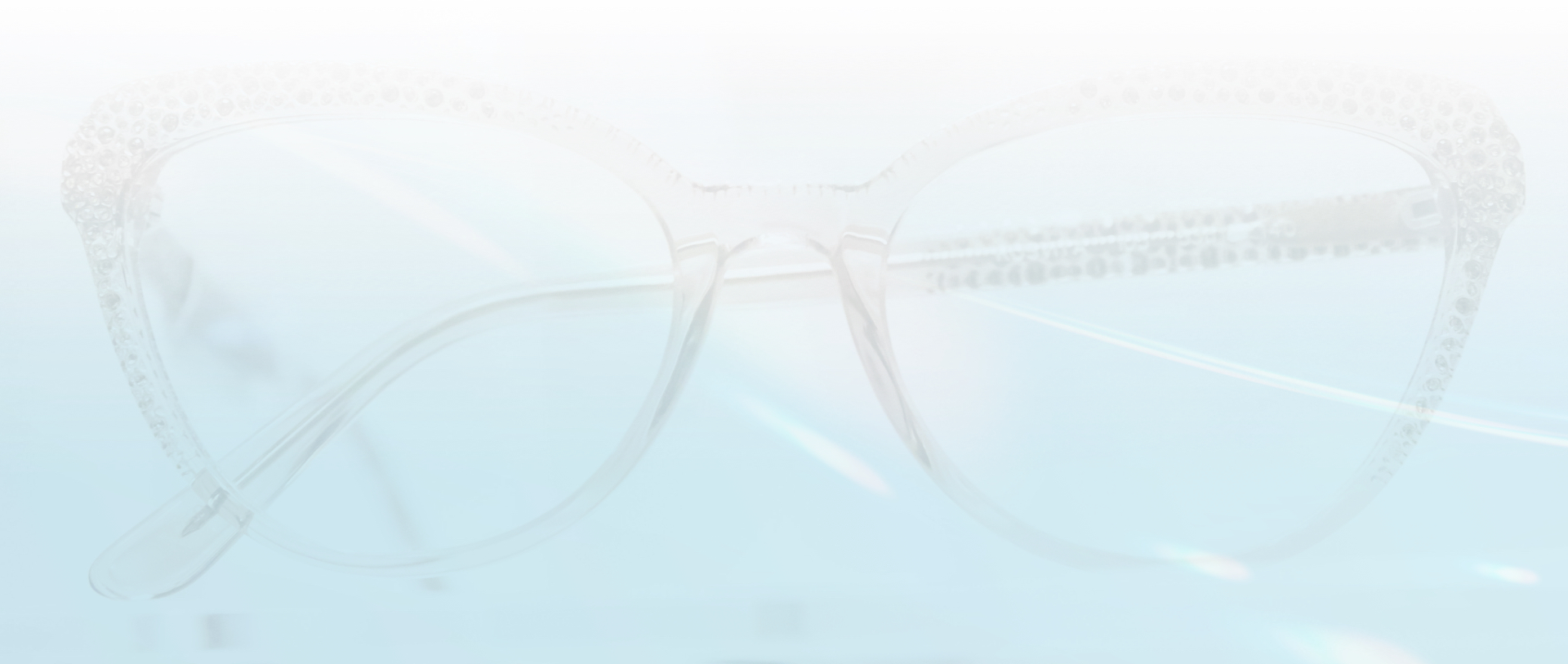If you or someone you care about has myopia, it’s only natural to wonder how this condition evolves over time and whether it can improve. Myopia, commonly referred to as nearsightedness, affects millions worldwide and influences how one views everyday life—from navigating work tasks to enjoying recreational activities.
Myopia is a progressive condition that doesn’t improve with age. However, proactive care and management strategies can help slow its progression, especially in children, providing a clearer future for their vision.
What Is Myopia?
Myopia is one of the most prevalent vision conditions globally, making distant objects appear blurry while maintaining clear visibility for nearby items. This occurs because the eye grows too elongated or the cornea is too curved, causing light entering the eye to focus in front of the retina instead of directly on it.
The exact cause of myopia isn’t fully understood, but it’s believed to involve a mix of genetic and environmental factors:
- Genetics: A family history of myopia can increase the likelihood of developing the condition.
- Environment: Activities like prolonged close-up work (such as reading or screen use) and limited exposure to outdoor light can play a role.
Myopia is typically diagnosed during comprehensive eye exams and can be managed with tools such as glasses, contact lenses, or specialized eye drops
Does Myopia Stabilize or Improve as You Get Older?
For many, myopia tends to stabilize in adulthood. This happens as the rapid growth experienced during childhood and adolescence slows significantly, leading to less drastic changes in vision. However, stabilization doesn’t equate to improvement.
Some adults may experience a continued slow progression of myopia, albeit less dramatically than during their younger years. Having regular eye exams remains critical to track these changes and make necessary adjustments to prescriptions.
Even if your child’s vision will stabilize when they get older, they can’t easily reclaim the vision they have lost. Myopia will worsen as they age, but you have the power to preserve their future sight. Engaging in proper eye care and management earlier in life is vital for minimizing long-term visual challenges.
How Lifestyle Affects Myopia Progression
Your daily habits significantly influence the progression of myopia in children. Adjusting certain lifestyle factors can help reduce strain on your eyes and support overall visual health.
With the increasing reliance on digital devices, prolonged screen exposure can strain your eyes and potentially aggravate myopia. To ease this strain:
- Practice the 20-20-20 rule: Every 20 minutes, look at something 20 feet away for 20 seconds.
- Ensure proper screen positioning with adequate lighting.
- Take regular breaks to rest your eyes.
Spending more time outdoors has been shown to benefit visual development and slow the progression of myopia in children. Exposure to natural light and focusing on distant objects can promote healthier eye growth and function, making outdoor activities an essential component of myopia management.
Adopting these simple habits can make a significant difference in maintaining eye health over time.
Managing Myopia
Although myopia is not reversible, its progression can often be slowed or controlled, particularly in children. Advanced treatment methods can help ensure better vision and lower the risk of developing high myopia, which is associated with future eye health concerns.
Here are some effective myopia management solutions for children and adults:
Atropine Eye Drops
Low-dose atropine eye drops have shown promising results in managing myopia in children. These drops may help slow down the lengthening of the eye. However, they won’t correct any blurriness myopia causes, and so optometrists typically recommend them as part of a broader myopia management plan.
MiSight Contact Lenses
MiSight contact lenses are a breakthrough solution designed specifically for children and teenagers. They use 2 zones, one to correct nearsightedness and one to slight defocuses peripheral light. This unique design alters how light is focused on the retina, triggering the eye’s natural functions that discourage it from growing in ways that exacerbate myopia.
Corneal Refractive Therapy (CRT) Lenses
Corneal Refractive Therapy (CRT) Lenses are a non-surgical option for vision correction and myopia management. Worn overnight, these lenses temporarily reshape the cornea, resulting in clear vision during the day without the need for glasses or contacts.
While these can also be used by adults for daytime freedom from corrective lenses, CRT lenses could also slow the progression in children.
See the Future Clearly with Proactive Myopia Care
Caring for myopia doesn’t just change how you or your child see the world today; it’s also an investment in preserving vision for the future. Whether through lifestyle adjustments or advanced myopia management options, addressing myopia early ensures better visual health and reduces the risk of complications down the road.
At McCauley Celin Eyecare Associates, we’re here to help you and your family take control of myopia and guide you toward solutions tailored to your needs. Book an appointment today with one of our experienced eye care professionals and discover how proactive care can make all the difference. Your future looks clearer already!





